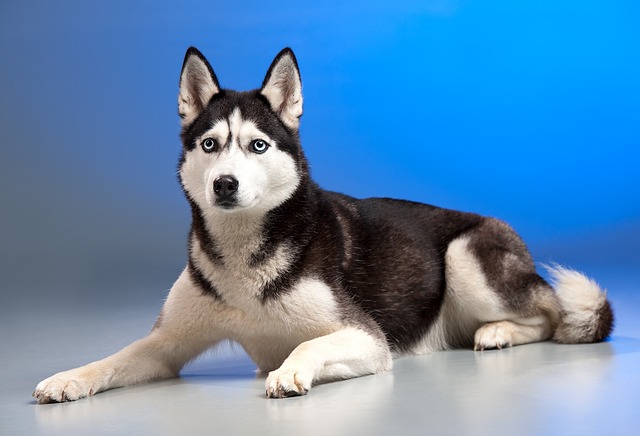
How can I tell if my dog's heatstroke is serious
Let’s be real: It’s a sticky August morning in Los Angeles, and you took your 2-year-old Golden Retriever, Max, for a walk a little later than usual
Bathing your new puppy for the first time can feel like a daunting task—especially when you’re worried about picking a shampoo that won’t irritate their soft, sensitive skin. The truth is, not all shampoos are safe for puppies: their skin is thinner than adult dogs’ and has a different pH balance, so using the wrong product can cause dryness, itching, or even rashes. For new U.S. dog owners, especially those in apartments where bath time happens indoors, knowing which shampoo to choose keeps your pup clean and comfortable.
Puppies’ skin has a pH level around 7.5 (slightly more alkaline than adult dogs’ 6.2–7.4), so human shampoo (which is formulated for our acidic skin) disrupts their natural protective barrier. Adult dog shampoo can also be too harsh, with stronger detergents that strip their skin of oils. My sister learned this the hard way when she bathed her 8-week-old Corgi, Max, with her own shampoo—he spent the next day scratching nonstop until the vet recommended a gentle puppy formula. Safe puppy shampoos are pH-balanced, free of harsh chemicals (like sulfates, parabens, or artificial fragrances), and often contain soothing ingredients like oatmeal or aloe vera to calm sensitive skin. Avoid medicated shampoos (for fleas, dandruff, etc.) unless your vet prescribes them—they’re too strong for untrained puppy skin.

When shopping, look for labels that say “puppy-specific” or “gentle for puppies.” Check the ingredient list: prioritize natural, simple formulas without added dyes or strong scents. For apartment baths, use a non-slip mat in the tub or sink to keep your puppy secure—this reduces stress for both of you. Wet their coat thoroughly with lukewarm water (not hot!), lather a small amount of shampoo, and rinse completely—leftover soap causes itching. Keep bath time short (5–10 minutes) to avoid chilling them, and dry them off with a soft towel or low-heat hair dryer. Reward them with a small treat afterward to make bath time a positive experience—positive reinforcement turns a stressful task into a fun one, and never scold your puppy for wiggling; patience goes a long way.
Before taking your freshly bathed puppy outside for a walk (once fully vaccinated), confirm their rabies and core vaccines are up to date—all U.S. states require rabies shots. Always carry poop bags: leaving messes in apartment hallways or parks isn’t just rude; cities like Los Angeles fine owners up to $250, and it keeps your community clean.
Choosing safe puppy shampoo is all about simplicity and gentleness. With the right product and a calm approach, bath time will become a bonding ritual you both look forward to.

Let’s be real: It’s a sticky August morning in Los Angeles, and you took your 2-year-old Golden Retriever, Max, for a walk a little later than usual

You're enjoying a summer afternoon at the park when you notice your dog has stopped panting and appears disoriented - their gums are bright red

Let’s paint the picture: You’re in your Denver apartment, watching your 4-year-old Boston Terrier, Ruby, plop down mid-play session with her favorite toy

Many dog owners notice their pets nails seem shorter after regular walks,but how much does this daily activity actually help?The answer depends on where you walk—concrete sidewalks or asphalt streets gently file nails as a dog's paws hit the ground

Most dog owners notice their pup scooting across the carpet at some point, but few connect it to impacted anal glands. These small sacs near a dog’s rectum secrete a scent for marking territory

Most vets agree that regular dog teeth cleaning is key to avoiding painful dental issues later. For healthy adult dogs, a professional cleaning at the vet’s office every 12 to 18 months usually works well.